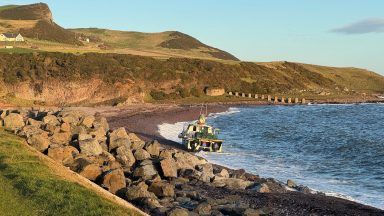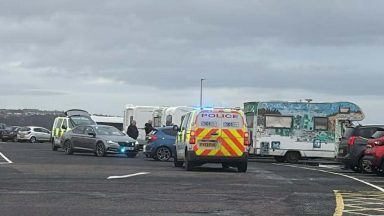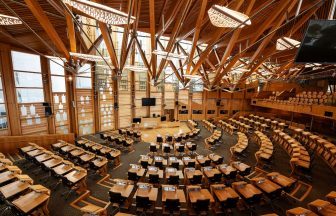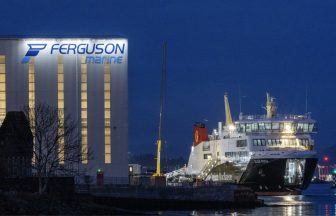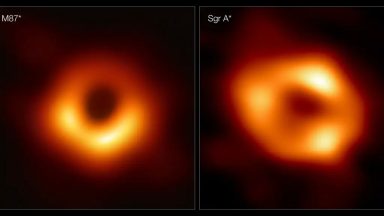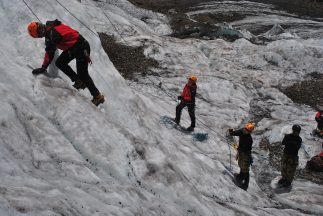Scotland’s population has risen to 5,436,600 driven by immigration, the latest census has revealed.
It’s the highest ever recorded and is a rise of 141,200 from 2011.
But without migration the population of Scotland would have decreased by around 49,800 since 2011, the National Records of Scotland said.
The population increased at slower rate of growth than between the last census gap.
Scotland’s population count on census day 2011 was 5,295,403. The population rose by 233,392 people between 2001 and 2011.
The other UK censuses showed higher rates of population growth than in Scotland. The population increased by 6.3% in England and Wales, and by 5.1% in Northern Ireland between 2011 and 2021.
The first results of Scotland’s 2022 census were announced on Thursday morning.
The data also highlights Scotland’s ageing population, with more than one million people aged 65 and over.
This is more than a quarter of a million higher than the number of people under 15.
The number of people in older age groups (65 plus) increased by 22.5% since 2011.
By contrast, in the 1971 census, there were twice as many people under 15 than over 65 – and in 2011 the two groups were of a roughly similar sze.
The census has also revealed a growth in the number of people living alone.
“This is an exciting milestone for Scotland’s Census and the results paint a fascinating picture of how Scotland and our communities are changing,” said National Records of Scotland chief executive Janet Egdell.
“Census data is vital for planning health services, education and transport and the information published through our results will help local and central government, businesses and charities to shape Scotland for years to come.”
There has been a census in Scotland every ten years since 1801, except 1941.
The 2021 census in Scotland was moved to 2022 due to the impact of the Covid-19 pandemic.
Follow STV News on WhatsApp
Scan the QR code on your mobile device for all the latest news from around the country




